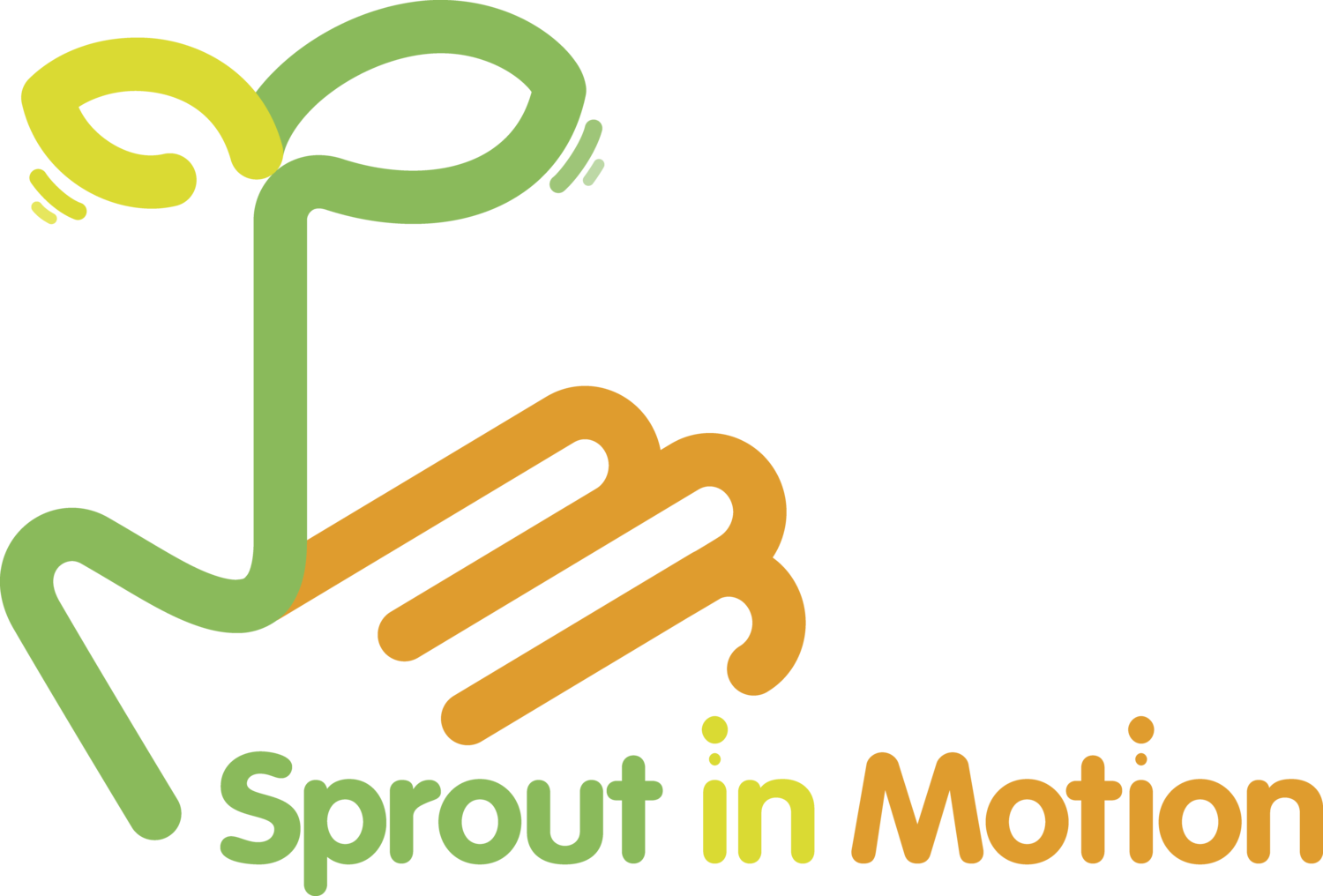When Puberty Meets Autism: Decoding the Silent Storm in Girls — A Survival Guide to Empower Parents
Puberty is a transformative phase marked by physical, emotional and social upheaval. For girls with Autism Spectrum Disorder (ASD), this transition often amplifies existing challenges while introducing new complexities. Understanding these unique struggles and adopting tailored strategies can empower parents to guide their daughters through this pivotal stage with confidence.
Unique Challenges Faced by Girls with ASD During Puberty
1. Early Onset of Puberty
Research shows that girls with ASD begin puberty approximately 9.5 months earlier than their neurotypical peers. Earlier menstruation and breast development can intensify sensory sensitivities and emotional dysregulation—especially when a child isn’t developmentally ready to process these changes.
2. Sensory Overload and Physical Discomfort
Physical changes such as breast growth, body hair and menstruation often trigger sensory distress. Tight clothing, pads or tampons may feel unbearable, and menstrual cramps or hormonal shifts can further heighten anxiety—especially in girls with limited communication skills.
3. Emotional and Social Struggles
Emotional Regulation: Hormonal shifts can worsen mood swings, meltdowns and irritability.
Social Isolation: Adolescents with ASD may become more aware of social differences, leading to exclusion or bullying.
Mental Health Risks: Up to 70% of autistic adolescents experience anxiety. Body image concerns and unreciprocated romantic feelings can increase vulnerability to depression.
4. Sexual Development and Safety Risks
ASD girls may struggle to understand personal boundaries or social cues. Without explicit guidance, they may not recognize inappropriate behaviors or know how to protect themselves from exploitation.
Practical Strategies for Parents
1. Start Early, Speak Clearly
Begin puberty education 1–2 years before changes begin.
Use literal, concrete language and visual supports like diagrams or social stories.
Normalize the conversation to remove stigma and anxiety.
2. Adapt to Sensory Needs
Let your daughter choose soft-textured menstrual products and seamless clothing.
Use pain scales or visuals to help her communicate discomfort.
Offer gentle routines and introduce hygiene practices gradually.
3. Build Emotional Resilience
Teach calming techniques like deep breathing, fidget tools or quiet zones.
Reinforce that mood swings are normal and temporary.
Use scripts and stories to walk through common emotional challenges.
4. Provide Social and Sexual Education
Teach the difference between public and private behaviors (e.g. using visual “relationship circles”).
Practice consent scenarios: “Is it okay if I sit next to you?” or “No one should touch your body without permission.”
Partner with schools to prevent bullying and promote inclusion.
5. Collaborate with Professionals
Schedule regular check-ins with pediatricians to address medical or sensory issues.
Explore therapies like CBT (for anxiety) or OT (for sensory integration).
Work with teachers to adapt curriculum and ensure consistent messaging.
Looking Ahead: Empowerment for Adulthood
Build Life Skills
Foster independence in daily routines using:
Visual checklists (e.g. brushing teeth, applying deodorant)
Apps like Visual Schedule Planner for routine reinforcement
Plan for the Future
Start transition planning early, focusing on strengths and interests.
Look into guardianship options or special needs trusts to secure long-term support.
Encourage Community Support
Join local or online ASD parent groups to exchange tips and reduce isolation.
Help your daughter build peer connections through shared-interest clubs or structured social programs.
Conclusion: A Holistic Approach to Puberty
Puberty for ASD girls is not just a biological milestone—it’s a complex life stage that calls for empathy, preparation and support. With proactive planning, sensory accommodations and open communication, parents can help their daughters grow into confident, self-aware young women.
As Dr. Blythe Corbett puts it:
“Preparation, education and normalization are key to helping autistic girls thrive during adolescence.”
Recommended Resources
Healthy Bodies Toolkit – Visual puberty guides from Vanderbilt Kennedy Center
Raising Children Network – Social stories for menstrual and hygiene education
Autism Speaks: Puberty Toolkit – Comprehensive puberty and safety planning
“Understanding your daughter’s unique needs isn’t about fixing her — it’s about equipping her to navigate a world that often overlooks neurodiversity.”



